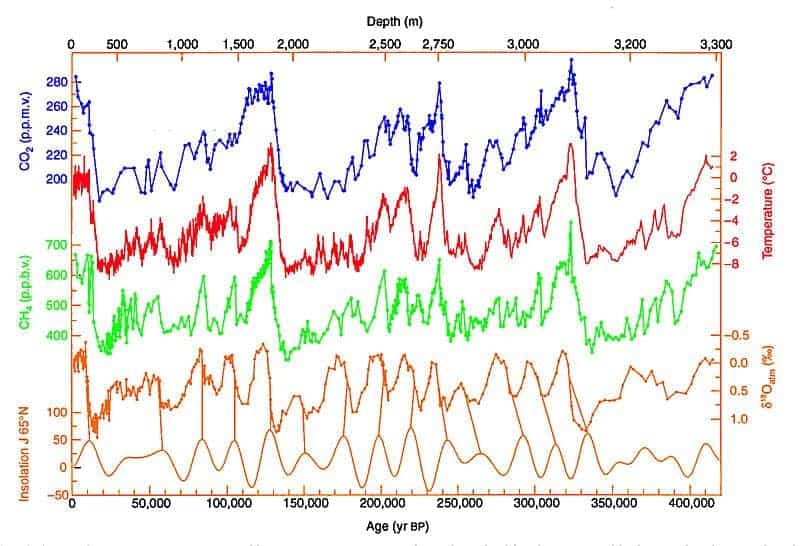The past four or five years are unquestionably among the hottest in history ever recorded: An oft-repeated message and a condition personally witnessed and attested to by myriad people. If world warming of late seems unprecedented that’s because it is.
So, too, it would appear is air-pollution-contributed premature death: 7 million worldwide annually according to World Health Organization estimates.
We read and hear accounts practically continuously – or so it would seem – about how the effects of global warming are changing life on Earth. Sea-level rise in some locations is causing settlement relocations. Add to this that the warming of Earth’s average surface temperature is, in many places, contributing to drier soil conditions making, for example, forests more vulnerable or susceptible to catching fire. Smoke from trees set ablaze adds to and exacerbates the air pollution problem.
The relationship of one to the other in the two examples above can be qualified as cause-and-effect.
Another directly observable cause-and-effect is heat and its influence on ozone in California’s San Joaquin Valley and, moreover, it is in the midst of such as this is being written.
The Valley right this very moment is baking in intense heat, albeit under the cover of clouds. Today until at least the early part of next week, the approximately 24,000 square-mile area that’s surrounded on three sides by mountain ranges, is forecasted to endure a range of high temperatures of anywhere from a low around the century mark to a high of as much as 110 degrees Fahrenheit. In some Valley locations, the temp might even go higher. Without sufficient breezes to clear out accumulating air pollutants, this pollution will build. This oft-repeated refrain is typical for and in the Valley. It isn’t uncommon for this situation to recur many times over during the warm-weather months.
But the Valley in this regard is not alone. It has company. There is a commonality. This scene has played out time and time again in communities like Los Angeles and Sacramento in California; in the Phoenix metropolitan region in Arizona; in Houston in Texas; as well as in parts of the east, southeast, and U.S. mid-West.
Whether Earth’s recent hotter surface temperatures are due in part or in total to rising greenhouse gas (GHG) emissions of methane (CH4) and carbon dioxide (CO2), what is known definitively is that the temperatures in question have definitely climbed. This can be readily seen in the graph below (red plot, left side).

To exact a cure means to get on board
So what remedies are there to keep the problem from getting worse?
Every year dignitaries, luminaries and many other interests gather in various locations throughout the world from as many at times as nearly 200 nations to hash out plans with the intent of putting those plans into action with the singular purpose of tackling issues pertaining to global warming, climate disruption and things related, though this year may be the exception due to the pandemic. Irrespective of warming, one simple and universal behavioral change has demonstrated that marked reductions in air pollution can result. Concrete evidence exists to substantiate this.
Furthermore, industries independently can take steps to limit and reduce carbon footprints and many have – voluntarily. A number from such sectors as agriculture, energy production, manufacturing, construction, business, housing and transport have signed on.
All of which goes to show that even on a planet whose surface is getting warmer, it doesn’t need to be a case where the supply of air becomes unhealthier – and to some more difficult – to breathe.
Global warming, which implies a rise in average atmospheric temperature over time, does not necessarily mean that degrading air quality is guaranteed.
There no doubt existed a time when mean surface air temperature was even hotter with the content of that air being, apparently, less unhealthy (think the time of the dinosaurs).
At the end of the day, it is we, the people, who can foment change with respect to our current polluted-air situation. It may take a collective commitment and intestinal fortitude to make that happen, but it can be done.
Images: NASA Goddard Space Flight Center (upper); Wikimedia Commons (lower)
Published by Alan Kandel

